Clarity,
Office 17622,
PO Box 6945,
London.
W1A 6US
United Kingdom
Phone/ Voicemail:
+44 (0)20 3287 3053 (UK)
+1 (561) 459-4758 (US).

Is there any photos?I have a 64 bead necklace made of black and white beads. The pattern is such that all 64 hexagrams can be created by picking a single bead and then noting the five beads that come after it.
Here’s the pattern. I’ve broken it up into units of 6 just to make it easier to follow.
w,w,w,w,w,w,
b.b.b.b.b.b,
w,b,b,b,b,w,
w.w.w.b.w.b.
b,b,w,w,b,b,
b,w,b,w,w,w,
b,w,w,b,w,b,
w,w,b,b,w,w,
w,b,b,w,b,w,
b,w,b,b,w,b,
b,w,w,b.
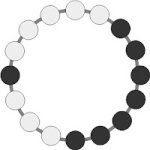
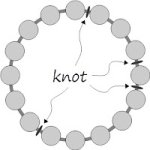
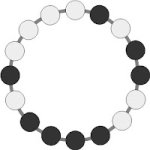
Is yours the same, or the opposite?)Yang is white, yin is black.
Hi Rosada. Here it is: https://www.onlineclarity.co.uk/fri...r-casting-i-ching-hexagrams.32037/post-320819That sounds worth exploring, remod. Can you direct me to the post where you describe the four-cards method?
Many thanks!
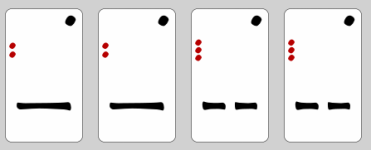
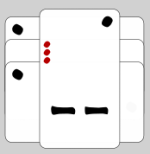
Clarity,
Office 17622,
PO Box 6945,
London.
W1A 6US
United Kingdom
Phone/ Voicemail:
+44 (0)20 3287 3053 (UK)
+1 (561) 459-4758 (US).